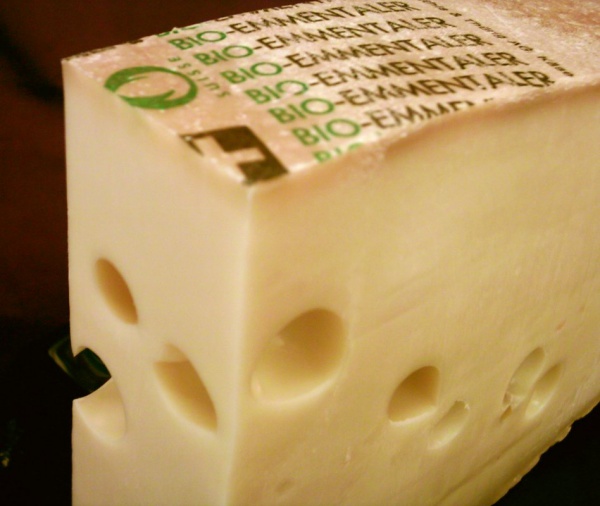Facts About Emmental cheese
Emmental is a delectable, yellow, medium-hard cheese from Switzerland, celebrated for its mild yet savory flavor. Originating from the Emmental region in the canton of Bern, "Emmentaler Switzerland" is a protected name. However, the term "Emmentaler" is not, allowing cheeses from France, Bavaria, and Finland to use the same designation.
This cheese boasts a long history, with records dating back to 1293 and officially acquiring its name in 1542. The production of Emmental involves three types of bacteria: Streptococcus thermophilus, Lactobacillus helveticus, and Propionibacterium freudenreichii. The cheese's iconic holes, once considered flaws, are now a cherished characteristic.
Emmental is highly versatile in culinary applications, making it ideal for dishes such as gratins and fondue, especially when combined with Gruyère.
Certain Emmental varieties enjoy special protections. For example, Emmentaler Switzerland AOC achieved AOP certification in 2013. This traditional version is produced in small dairies using raw cow's milk and natural ingredients, free from preservatives and GMOs. It is formed into round shapes with a natural rind and aged for a minimum of four months, available in different aging profiles like classic, reserve, and Premier Cru.
Beyond Switzerland, there are other protected Emmental varieties, such as Allgäuer Emmentaler from Bavaria, Germany (with PDO status), Emmental de Savoie from Savoie, France (with PGI status), and Emmental français est-central from Franche-Comté, France (also with PGI status).

 Austria
Austria